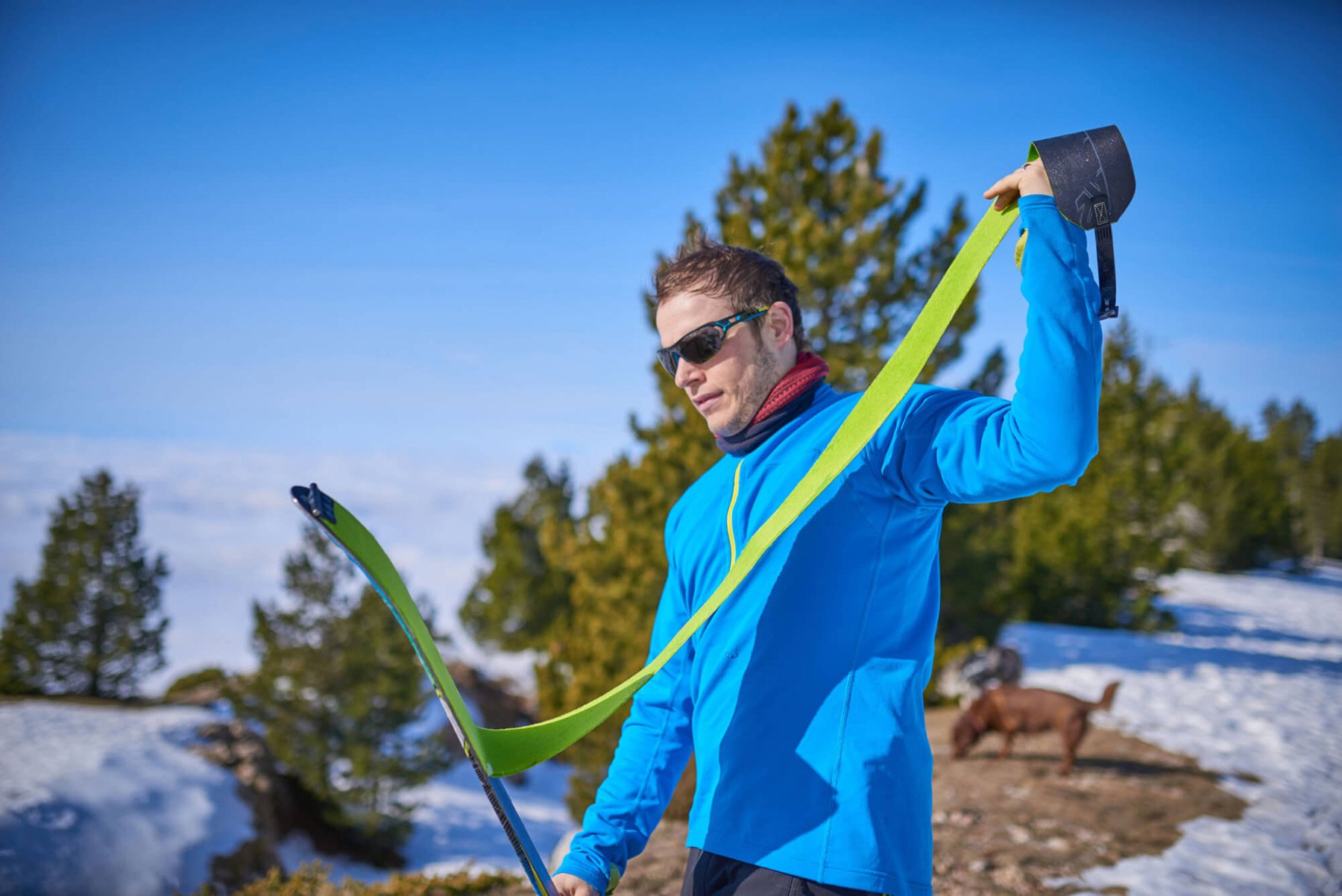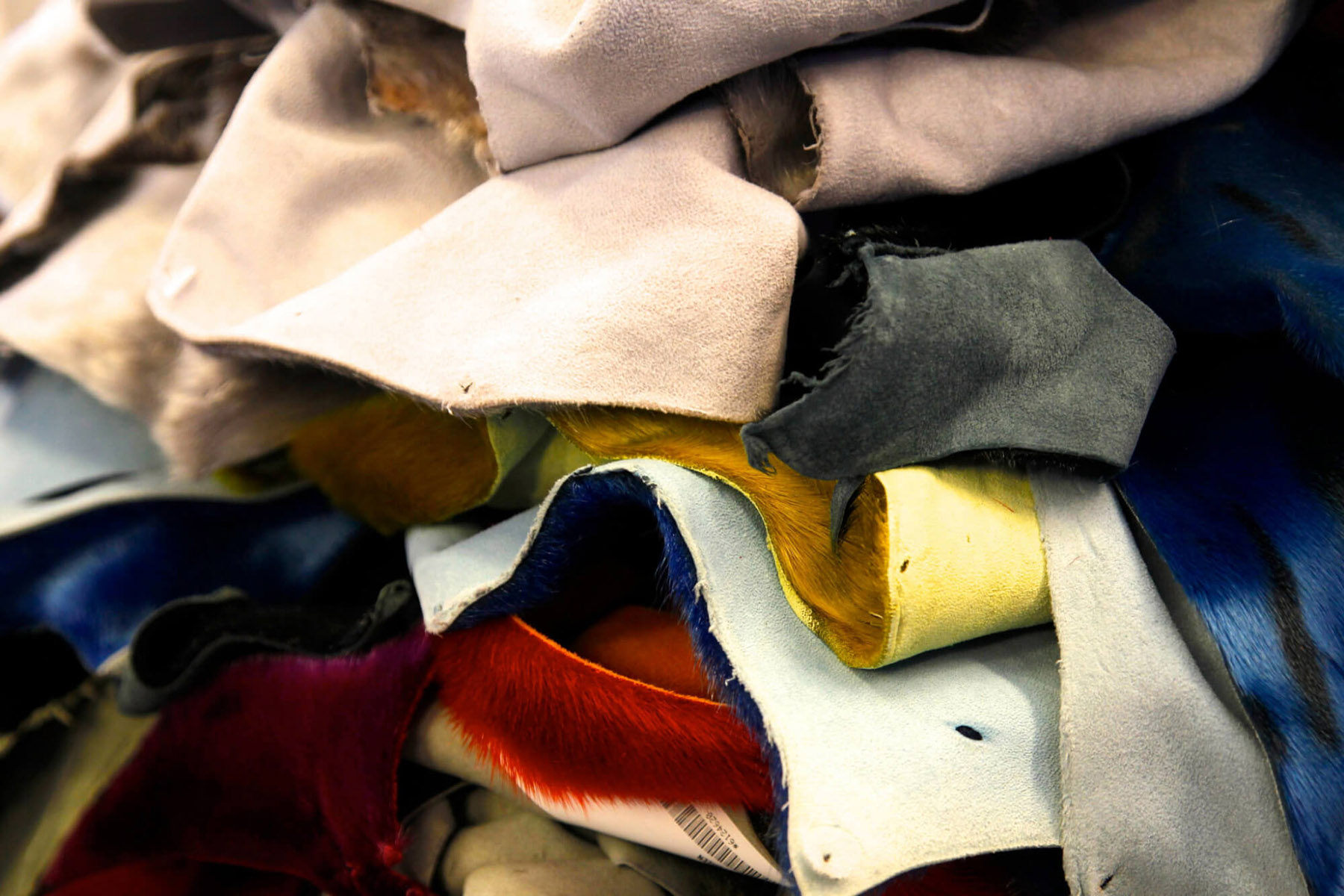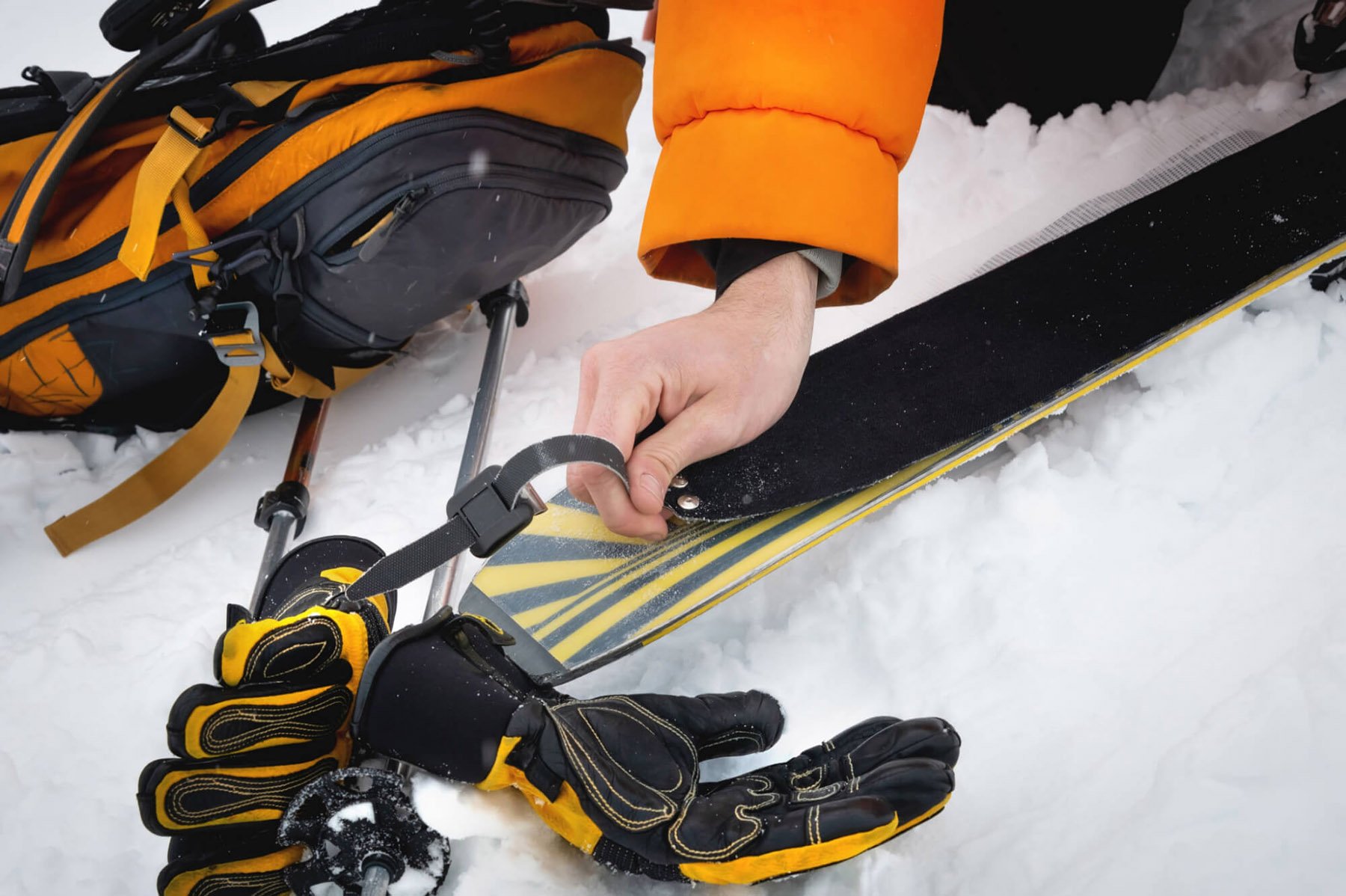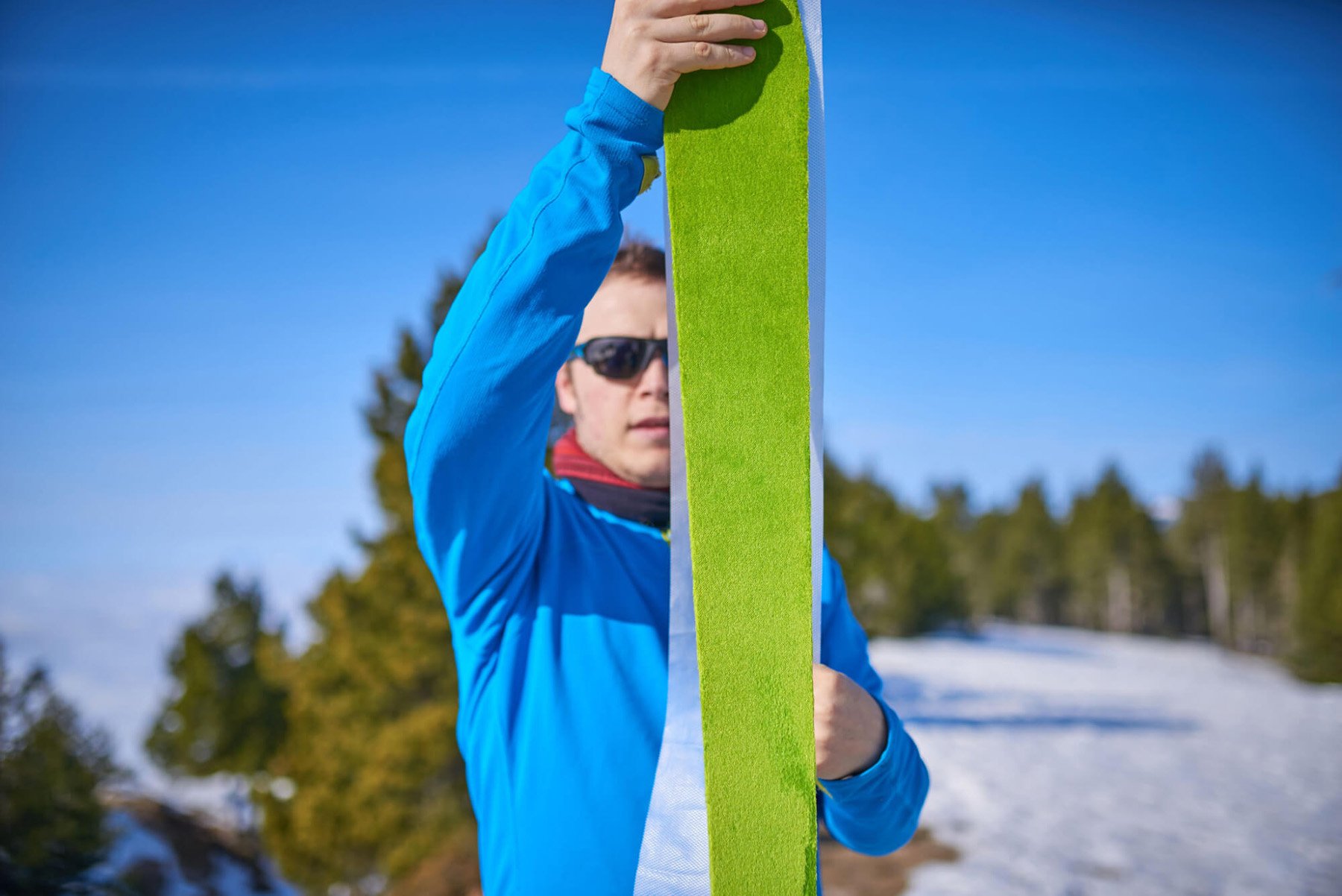What are ski touring skins?
Ski touring skins are an essential part of ski turing equipment. They enable movement on the skis forward, upward and at the same time prevent backward movement. This means that in one direction they are extra slippery, while in the other they are stable and do not allow the ski to slide back.
The market currently offers a wide range of models for different types of use, in different price categories. It is not unusual that they come with the chosen skis - as one set. This is very useful because the skins have to fit exactly to the side of the ski in order to hold and perform their function properly when climbing.
How to choose ski touring skins?
There are precisely cut skins for specific skis that do not require any additional modification. If you choose this type of skins, they match the shape and length of the selected skis, so just put them on and you are ready to go. Some have a sliding strap at the end, which makes them usable for skis of different lengths.

However, you can also choose universal (multift) skins, which can be cut and adapted to touring skis of different lengths and widths so that they fit exactly on your ski model. They are usually supplied with a trimmer and instructions on how to fit them properly. If you don't dare to do it, you can contact a professional.
It is an ideal choice if you require specific features from the skins that the skins for your skis do not offer.
What are ski touring skins made of?
You may also know them under the name “seal skins”, because the structure of these skins resembles the skin of a seal - in the direction of hair growth, it is very smooth and slippery, while in the opposite direction, it bristles and does not slip at all.

The most frequently used materials are different fabrics, which are adjusted to have the same properties - they are slippery in one direction and prevent sliding in the other. The most commonly used fibres are nylon, mohair, or their mixture.
Synthetic skins
Skins made of synthetic materials, most often nylon or polyamide, are particularly robust, well-adherent and relatively inexpensive. On the other hand, they are not as water-repellent and slippery as mohair skins.
Mohair skins
Mohair is a fibre obtained from the hair of Angora goats. Such skins are relatively light, their properties are not affected by the ambient temperature, but they are also less durable and significantly more expensive than synthetic.
Blended skins
The most frequently used combination is mohair with nylon, thanks to which the skins get the best properties from both types of fibres. They are the ideal choice for most ski tourers and offer a good compromise between grip, glide, weight, durability and price.
Another combination available is cotton and polyester - these skins are sturdier and cheaper, but still retain very good properties.
How to attach ski skins to the skis?
In order for the climbing skins to stay in place, they must be attached to the tip and the tail of the ski. Different manufacturers use different methods and combinations to do this, such as:

However, the glue plays a major role in keeping the skins in place. This covers the entire back of the skins, leaving no residue on the ski when removed. When the skins lose their stickiness over time, it can be restored by applying a new glue layer. In addition to classic adhesive skins, there are also newer models based on nanotechnology that work without glue.
How to remove and store ski skins?
For the longest possible durability of the glue on the skins, the skins must be removed carefully. The most common way is to fold the skin in half and glue it together. However, this leads to faster wear of their adhesive ability. It is better to insert a separation sheet between the halves of the skin, which will separate them from each other, and they can be detached from it more easily. Then just roll them up and put them in a bag.
MUZIKER TIP:
If you are on a long trip, and you peel and stick the skins several times, hide them under your jacket in the warmth so that they don't lose their adhesive ability due to the cold

Do not forget to let the skins dry after each trip, away from a direct source of heat, preferably hung somewhere.
Do you know which skins will be right for you? Choose from our offer.
 Musical Instruments
Musical Instruments



 Water Sports
Water Sports




 ee
ee





